Every time I turn Good Robot on, I’m immediately sucked in. It’s a 2D Roguelite shooter with elements of bullet-hell thrown in to deliver a consistently exciting albeit quite faceless experience. Between a menagerie of violent robots and an arsenal that would impress Turok, Pyrodactyl Games dishes out enough mechanical variety to make every run feel new and unique. And yet, developers should have much more to characterize their protagonist. With a lack of character customization, storytelling, or a hardcore mode and its mildly exorbitant price-tag, Good Robot may seem like an underwhelming package to some. Fortunately, its consistent fast-pace and great pacing ultimately deliver an exciting challenge that doesn’t tire easily.
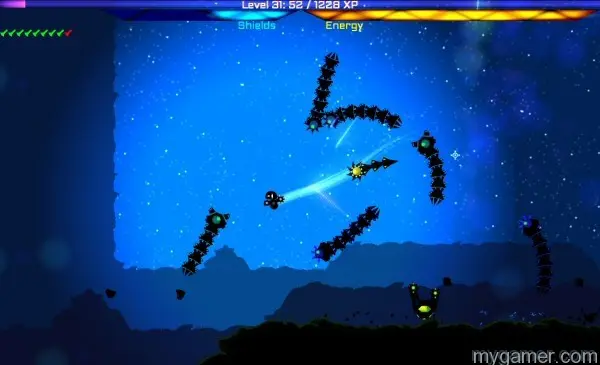 Good Robot doesn’t feature a single ounce of storytelling; not an intro movie, voice-over, or text log to give us context. Instead, developers relegated their brief but sufficient game summary to the title’s Steam description. It basically reads that in a post-apocalyptic future, humankind had to escape to underground cities in order to survive an overly polluted Earth. Thereafter, Robots built by PyroCorp to aid humans in their new subterranean life went “bananas” and began killing all humans. Now, in a final stand to save mankind as well as their PR, PyroCorp have invested in a sole Good Robot to clean up the mess. It’s a straightforward yet nuanced gag that developers should’ve taken the time to establish in-game. While gameplay honestly doesn’t need much to justify itself, integrating some storytelling elements into gameplay might’ve granted the silent Good Robot some needed personality or at least celebrated the delightfully cynical premise.
Good Robot doesn’t feature a single ounce of storytelling; not an intro movie, voice-over, or text log to give us context. Instead, developers relegated their brief but sufficient game summary to the title’s Steam description. It basically reads that in a post-apocalyptic future, humankind had to escape to underground cities in order to survive an overly polluted Earth. Thereafter, Robots built by PyroCorp to aid humans in their new subterranean life went “bananas” and began killing all humans. Now, in a final stand to save mankind as well as their PR, PyroCorp have invested in a sole Good Robot to clean up the mess. It’s a straightforward yet nuanced gag that developers should’ve taken the time to establish in-game. While gameplay honestly doesn’t need much to justify itself, integrating some storytelling elements into gameplay might’ve granted the silent Good Robot some needed personality or at least celebrated the delightfully cynical premise.
And still, Good Robot can survive on its gameplay alone. It’s intensely fun, varied, and well-paced, meanwhile maintaining a simple, pick-up-and-play demeanor. Your basic controls have you gunning with your mouse and moving Good Robot with WASD. A flashlight tied to your reticle serves to reveal enemies, some projectiles that vanish in the darkness, and the mazing tunnels of the underground city.
Your two primary weapons slots can be simultaneously fired and swapped out for enemy weapon drops. Weapon types are incredibly varied and creative. Among my favorites in the expansive arsenal were the flak cannon, a medium-to-long range shotgun with a cone-shaped blast radius, and the Cut Man-like blaster, which fired crescent moon shaped projectiles that bounced off walls. Beyond the somewhat traditional firepower of submachine guns and rockets were a handful of experimental weapons, including a garbage cannon which would lob weighted chunks that bounced off walls and a purple laser that simultaneously fired in opposite directions. I never got tired of experimenting with my arsenal and, thanks to a great unnumbered variety, always felt like I was either discovering something new or just about to.
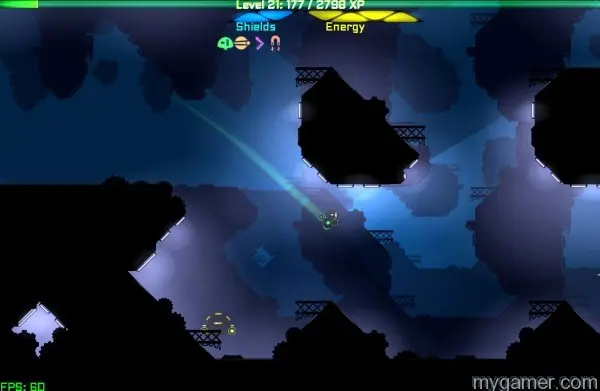 Focusing on firepower can feel essential at first but you’ll have to call upon your evasion skills before long. Though it can take some time getting there, enemy difficulty eventually ramps up and firefights become a veritable bullet-hells. Now, as I elaborated in my review of Nekki’s Beat da Beat, I love bullet-hells. The game’s difficulty curve is paced really well, giving players a comfortable chance to upgrade and get loose before facing tougher enemies. However, with the case of permadeath, each game over would take me out of the high octane action and send me back to the kiddie pool, which would take me a good ten to fifteen minutes to work back from. And so, I began many of my runs already wishing for more difficult enemies. A hardcore mode might have helped shorten the length of the curve for those seeking a greater challenge from the start and was missed during my playthrough.
Focusing on firepower can feel essential at first but you’ll have to call upon your evasion skills before long. Though it can take some time getting there, enemy difficulty eventually ramps up and firefights become a veritable bullet-hells. Now, as I elaborated in my review of Nekki’s Beat da Beat, I love bullet-hells. The game’s difficulty curve is paced really well, giving players a comfortable chance to upgrade and get loose before facing tougher enemies. However, with the case of permadeath, each game over would take me out of the high octane action and send me back to the kiddie pool, which would take me a good ten to fifteen minutes to work back from. And so, I began many of my runs already wishing for more difficult enemies. A hardcore mode might have helped shorten the length of the curve for those seeking a greater challenge from the start and was missed during my playthrough.
Players traverse the procedurally generated ant’s nest without endgame but with several boss fights and enemies to discover. Everything from robots shaped like crabs to UFO-like drones feature their own behaviors and methods of fire. As the game doesn’t formally present any levels or structure, spotting a new enemy type felt like a sure sign of progress and proof that the challenge was adapting.
Small vending machines along the way let you tinker with your robot. One allows players to upgrade their stats, including damage, fire-rate, movement speed, shields, and vision at an ever-increasing exchange. Every stat is meaningful and particularly well-balanced. Vision, for instance, increases the coverage of your flashlight and can prove surprisingly essential as enemies and some projectiles outright vanish from sight until shined upon. Speed becomes particularly handy when, as I already mentioned, the game’s difficulty starts to peak and bullets begin to take over the corridors. The single-life nature of the game made sure I never got too attached to a single character build and invited me to experiment with strategy along the way. Overall, I never felt any single build was better than another – a telling sign of a well-balanced progression system built to reward skill rather than compensate for a lack thereof.
One dealer sells single-use insurance to automatically restore your character upon death and that, once lost, can be repurchased from a different dealer. While it defies the genre’s tradition of permadeath, it’s a welcome twist that makes gameplay less punishing but more enjoyable. The forgiving mechanic may earn some criticism but, to me, felt like a welcome addition to the game, keeping in mind that it’s completely optional. However, I’m not sure of how it ties into the game’s leaderboards; that is, whether a run without insurance would earn a higher multiplier than on with it or not, as the scoring system isn’t clearly outlined within the game.
Despite the vending machine that sells eccentric hats to players, I would’ve appreciated deeper degrees of visual customization. Your Good Robot never alters in size or shape or visually represent changes in weapons or upgrades. While this doesn’t affect gameplay, it certainly prevents the character from becoming anything more than a vessel. Personally, I adore superficial customization options, so some elements beyond silly hats would’ve gone a long way toward keeping me invested in the title and perhaps helped foster a modding community. Furthermore, characterizing the already cute Good Robot could’ve helped Pyrodactyl develop the brand. Backed by strong mechanics and competent production, the only thing hindering Good Robot from potentially becoming a brand-worthy lead seemed to be its lack of any memorable traits or personality.
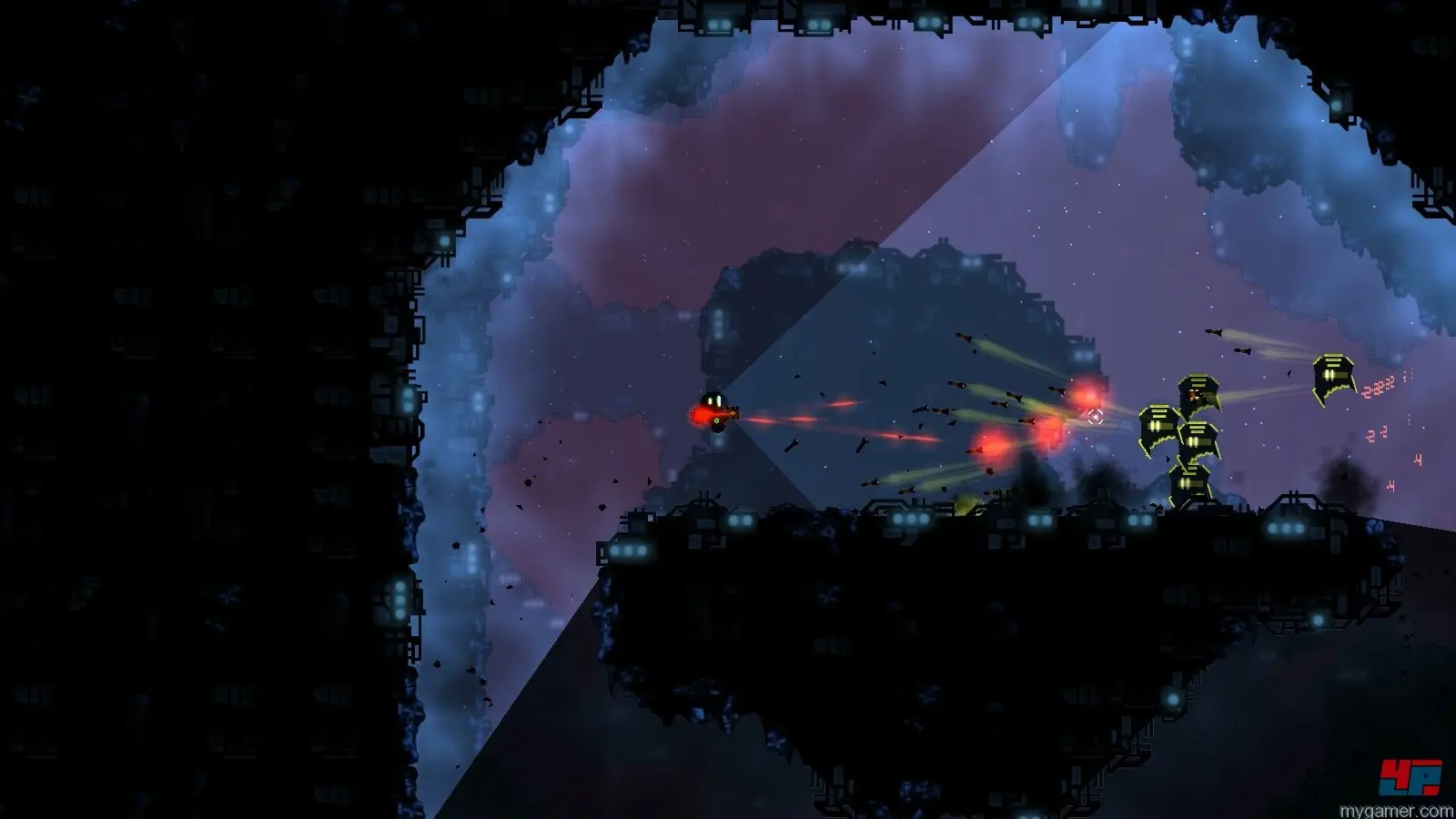 The underground city is also rather plain but still looks decent. Enemies along with their difficulties are represented clearly by their standout green, yellow, and red neon colors and twisted armor. The soundtrack, however, doesn’t quite live up to the rest of the production. While the game’s weapon sounds are actually really great, the low-key, sterile electronic music does nothing to bolster excitement. Even during intense gunfights, the soundtrack maintains its 25mph course of mundane trances and less than forgettable sounds. I really feel developers missed out on a great opportunity to up Good Robot’s overall production value. A dynamic soundtrack and music with a stronger presence would’ve done great things for the feel of the game.
The underground city is also rather plain but still looks decent. Enemies along with their difficulties are represented clearly by their standout green, yellow, and red neon colors and twisted armor. The soundtrack, however, doesn’t quite live up to the rest of the production. While the game’s weapon sounds are actually really great, the low-key, sterile electronic music does nothing to bolster excitement. Even during intense gunfights, the soundtrack maintains its 25mph course of mundane trances and less than forgettable sounds. I really feel developers missed out on a great opportunity to up Good Robot’s overall production value. A dynamic soundtrack and music with a stronger presence would’ve done great things for the feel of the game.
Despite my enthusiasm, Good Robot doesn’t quite give you the bang for your buck with its forthcoming price-tag $29.99*. The game’s a blast and definitely worth hours of play; however, it certainly doesn’t surpass somewhat similar Roguelites currently on the market, such as Nuclear Throne, The Binding of Isaac, and Risk of Rain, all of which are on sale for under $15 and come bundled with years’ worth of updates, work, and praise. Then again, it may simply depend on how you value your video games. I would like to, however, note that the mere “indie game” status of Good Robot isn’t a key guiding factor in my criticism of its price. The rival titles, let’s call them, that listed above that just so happen to be indie developer-made do, however, set a precedence with their modest price and generous content. Weighed up against those heavyweights, a promise on the part of Pyrodactyl to support the title with content would be of great help in justifying the hefty $30 price*, if it is indeed final.
It’s easy to have a good time with Good Robot. It’s intuitive, easy to learn but hard to master, and manages to move players along without saying much. At the same time, however, it often seems like it doesn’t say enough. If you can get over the expensive price tag, as hard as it may be, Good Robot does a lot of things right. While neither the most memorable nor plentiful Roguelite on the market, I can’t help but feel Good Robot’s only a few tweaks away from becoming a sure winner.
*CORRECTION:
Good Robot is priced at $9.99 with a 10% launch discount. $30 is for the complete pack which contains all Pyrodactyl games.
Videogame enthusiast. Starving artist. Boneless Buffalo.
Follow Lemony Pinkness on Twitter @LemonyPink
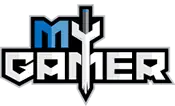
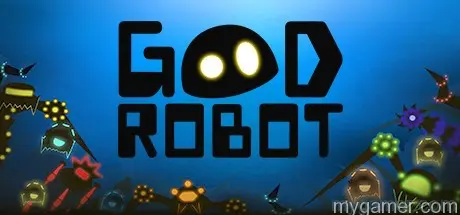
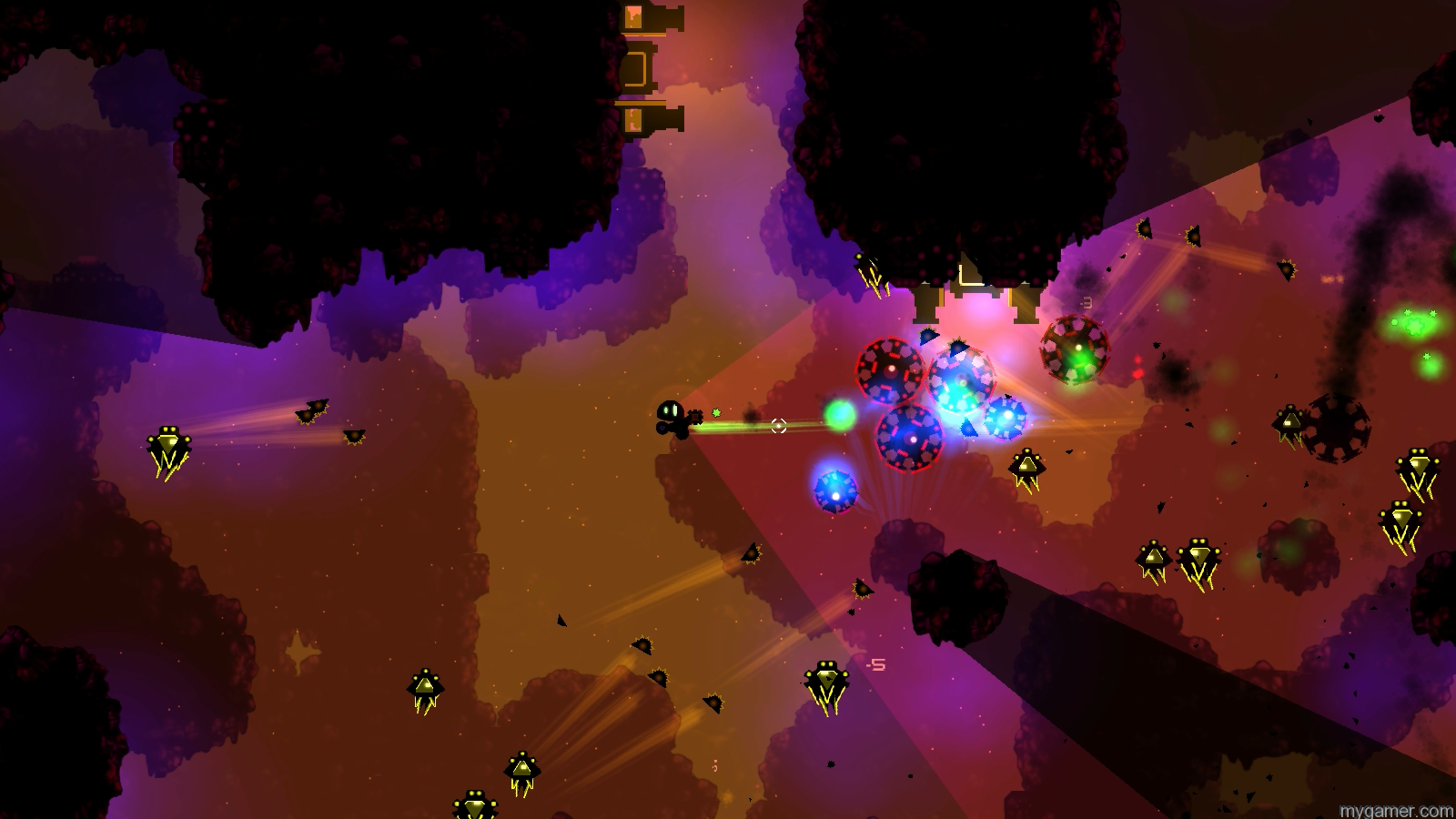


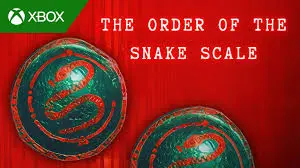













Leave a Reply